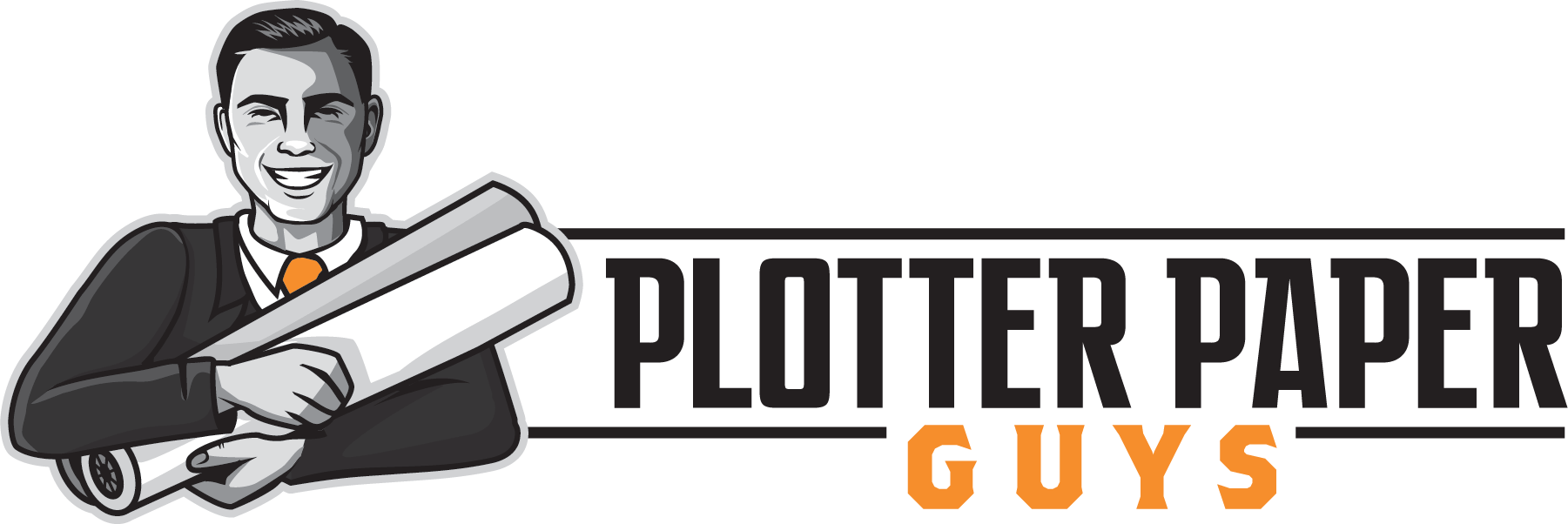If you’re someone who is looking for up-to-date information regarding bond paper and printing processes, then this article is for you. Read on to learn everything that you need to know about different kinds of printer paper.
What Is Bond Paper?
If you have not encountered any, there will be times when you will want to print something on a sheet of paper that’s not as flimsy as “normal” 20# printer paper (think: copy paper). For example, if you want to print a door sign, DIY birthday card, or something else along these lines, you are going to need a material that will need to hold up.
Bond paper comes in many different weights (thicknesses), and the heavier the weight, the thicker the paper. For example, you would not print a poster on a normal sheet of copy paper. Rather, you would use a material like heavy weight bond paper to ensure that the document stays intact.
Is There a Difference Between Bond Paper and Normal Copy Paper?
The easy answer is no – your “normal copy paper” is traditionally 20# bond paper. You probably use 8.5×11 sheets in your standard home or office printer, so the this paper that we sell is basically the same material (just available in large sheets or as rolls).
Is Bond Paper the Same as Cardstock?
When someone wants to print something on stronger rolls of paper than normal copy paper, they will generally turn to use cardstock—a much more popular option than bond paper. Those who are oblivious to different kinds of printer paper might conclude that they are one and the same thing. However, these two types of paper are quite different from each other.
The main difference between cardstock and this paper has to do with the weight and thickness of each type of paper. Cardstock generally weighs about 250 g/m while bond paper weighs only around 60 g/m. Of course, you can find bond paper that weighs more than this—but this is a general consensus.
Thickness is also a differentiating factor between cardstock and bond paper rolls. It is common knowledge that cardstock is one of the thickest types of printer paper. However, that does not render the question, “Is this paper thicker than cardstock?” irrelevant.
Cardstock is indeed thicker than even 20-pound paper. Not only is it thicker, but it’s also rigid and—as we’ve mentioned earlier—heavier.
Now, card stock is typically too thick to make as a large format paper roll. It will just be too thick to run through your plotter/printer. If you are looking for a thick paper that is close-ish to card stock, think about trying a 46# coated paper.
Is this Paper the Same as A4 Paper?
This question is like comparing apples to oranges. A4 refers to the dimensions of the paper, whereas this paper is an actual type of paper constructed to be significantly more durable than normal printer paper. So technically speaking, you can have an executive letter printed on A4 bond paper. These two types of paper are not the same exact thing, but they can be combined. Bond paper refers to the structure of the paper, while A4 refers to the size of the paper (A4 dimensions are 210 x 297 mm).
What Is Banner Paper?
Banner is actually not a type of paper, it is a smooth “scrim vinyl”. The tiny threads in the vinyl are woven in a plaid-like pattern, and the more threads, the stronger the banner. Essentially, banner material is that which is used to make—as is apparent in the name—banners such as signs, billboards, and the like. Banner is going to last longer and be much more tear-resistant that bond paper.
Where Can I Find the Best Printer Paper?
Some people think that they can just run to their local department store and pick up rolls of printer paper and/or bond paper. However, that is certainly not where you will find the best printer paper on the market. Plotter Paper Guys sells most wide-format printer media that you might need. Head on over to Plotter Paper Guys today and pick up all of the media that you need for your printer. You won’t be disappointed!
For more helpful information like this article, visit the Plotter Paper Guys’ blog.




